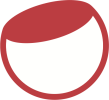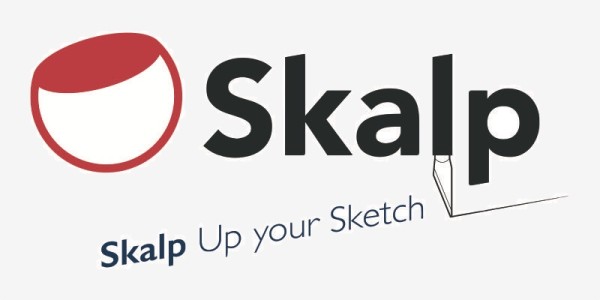A Skalp material is a unique kind of SketchUp texture. Its main use case is to drastically enhance the fills used in Skalp sections. Its key properties are:
- auto created tileable png texture. Used as a texture it is ‘seamless’.
- based off a vectorial definition: autocad pattern files
- supports line colors, line widths and background colors including transparency
- editable (fully parametric)
- scaleable: auto adapts to different Skalp section scales while preserving sharp and exact line widths on printouts.
- can be exported to dxf as real vectorial information.
- In a Skalp section they offer a drastical enhancement over standard material textures
- Alternatively it can also be used as a quick and fun way to texturize your SketchUp model.
Key elements in the Skalp material concept you need to understand:
- A Skalp material is created and/or modified using the Pattern Designer.
- As input sources it uses a vectorial recipe, supplemented with extra information: scaling/size data, a line color, a background color and a line width.
- The vectorial recipe uses the standard autocad pattern file syntax. Essentially these are just text files storing one or more ‘pattern definitions’. Each such ‘pattern’ consist of a number of text lines In a pattern definition the first line always starts with a ‘*’ followed by a name and an optional description. This is then followed by a series of lines with comma separated numbers representing how a hatch pattern looks.
It is a relatively simple vectorial data format. You can get these pattern files from several online sources and directly import them into Skalps Pattern Designer.
A detailed description of the *.pat format will be added to this manual later. The format is well documented on the internet. Look for *.pat file format. Once you understand the syntax, you could also create/edit your own custom pattern files. - As output a tileable SketchUp texture is added to your model. Once created you can see this texture in the SketchUp Colors dialog.
- The entire recipe (pattern definition, as well as its size, colors and line widths) is stored onto the created SketchUp texture as meta data. This is what makes them ‘parametric’: the ability to edit any part of the recipe later on using the Pattern Designer.



Post your comment on this topic.